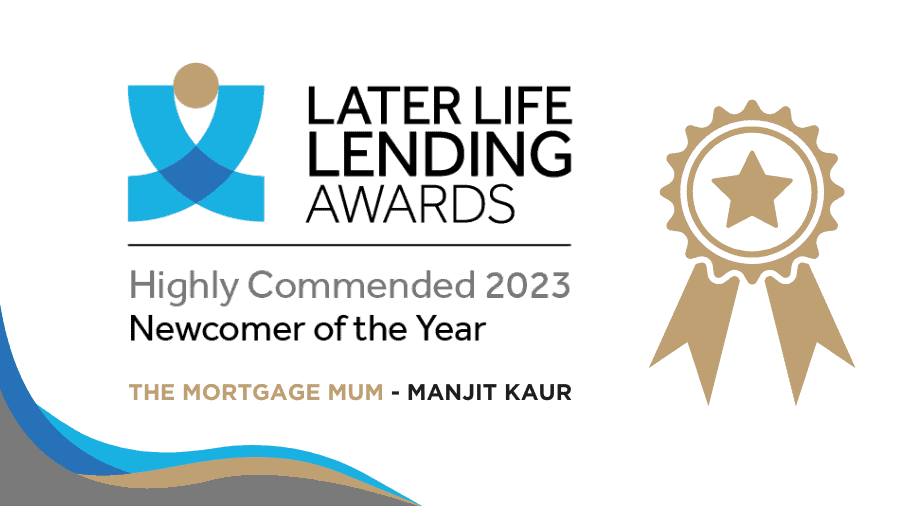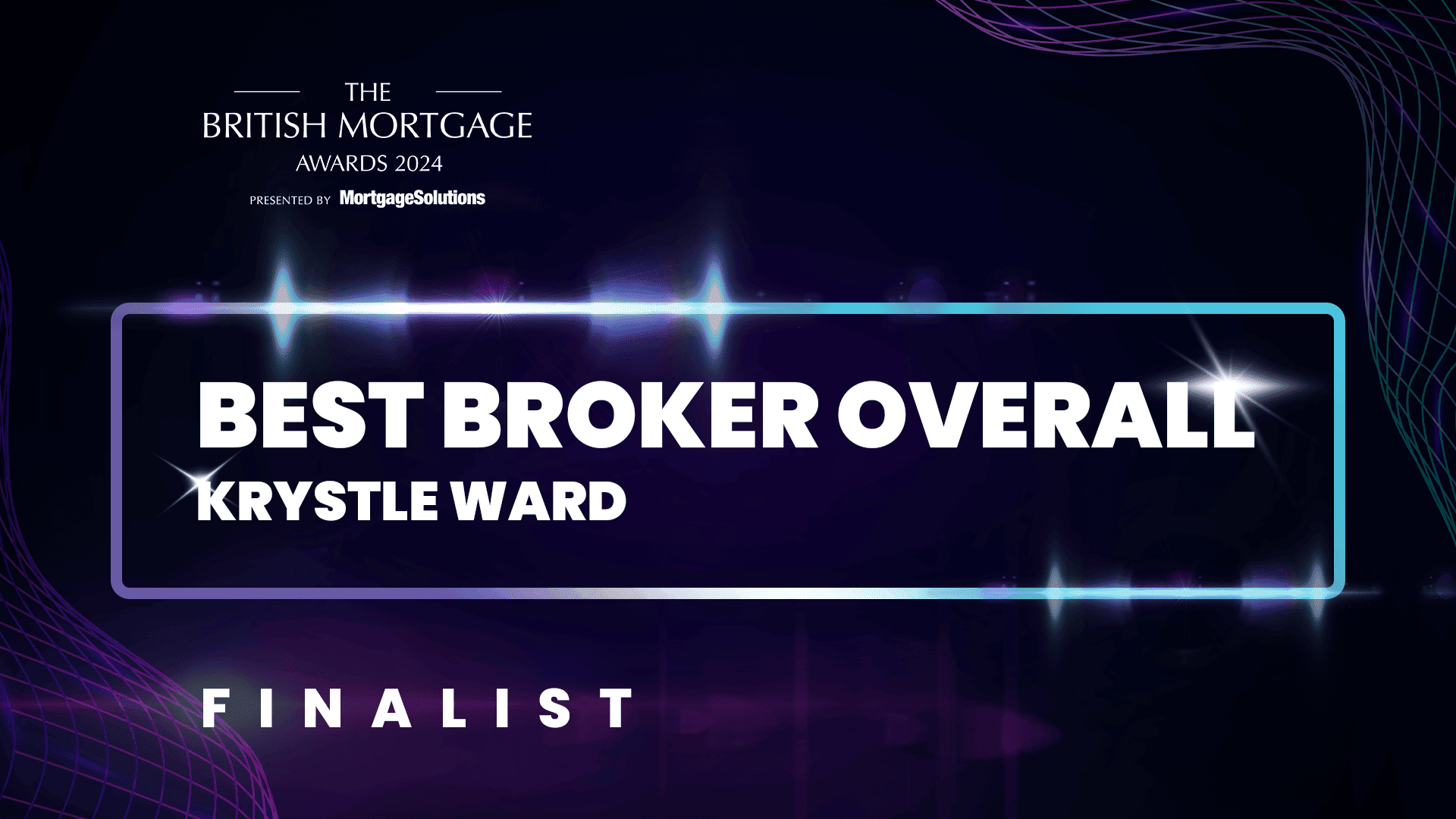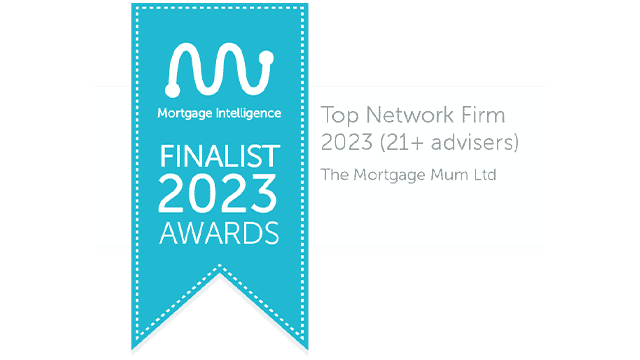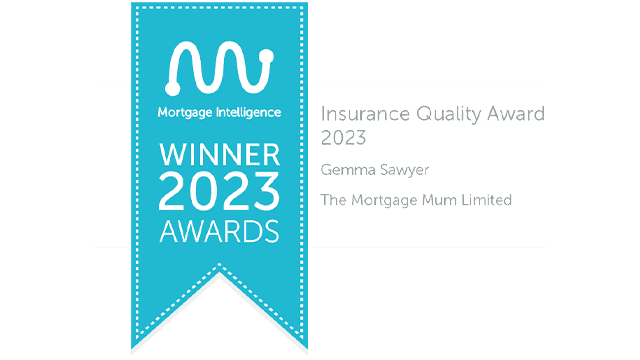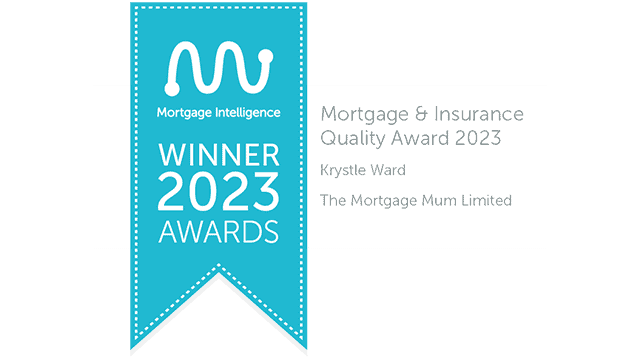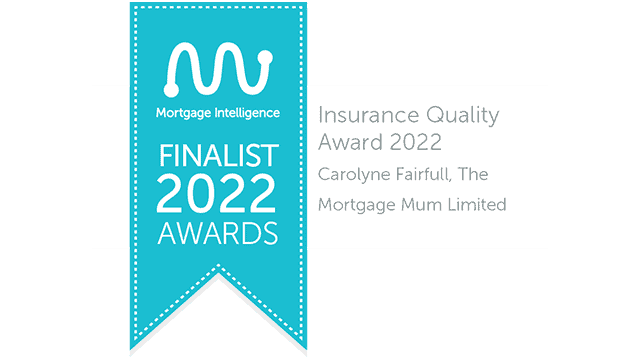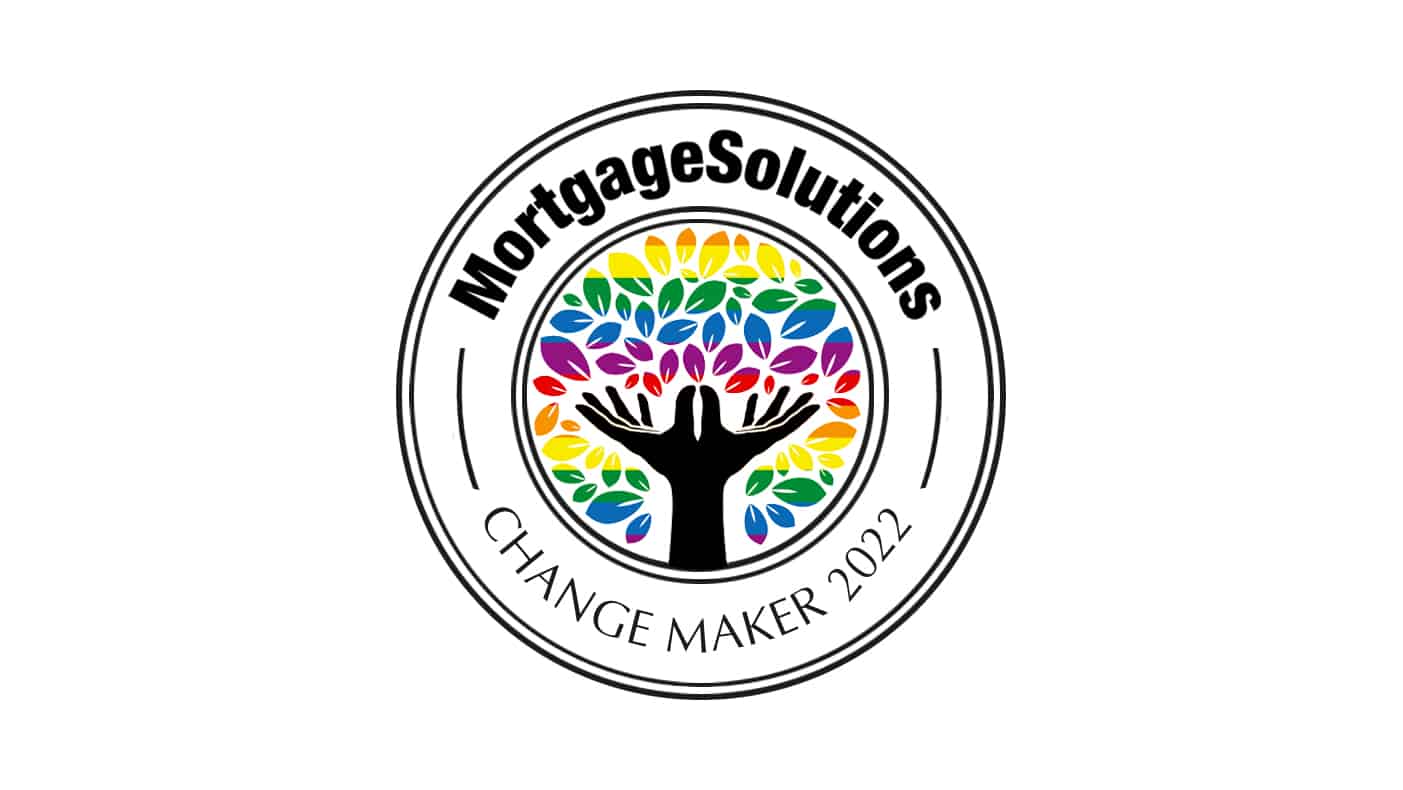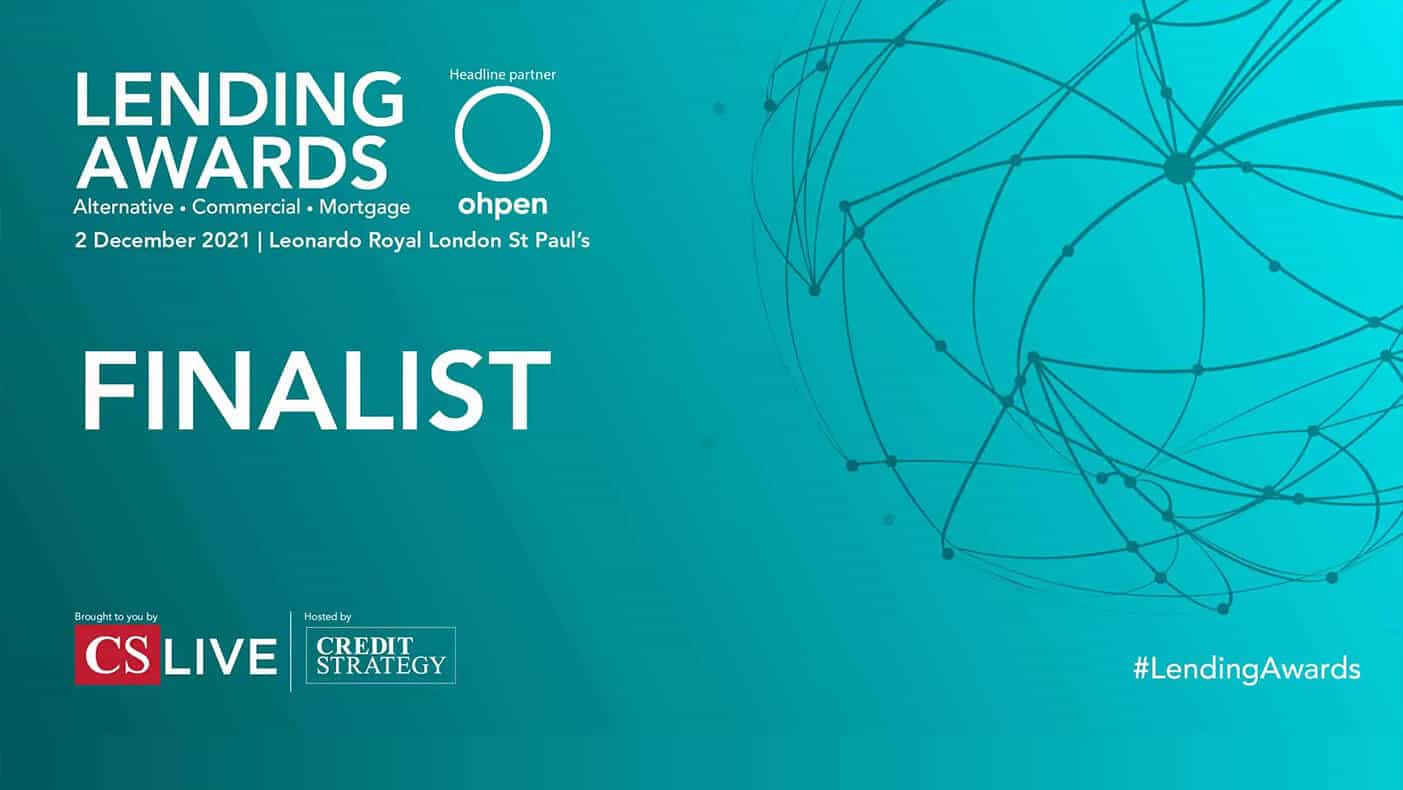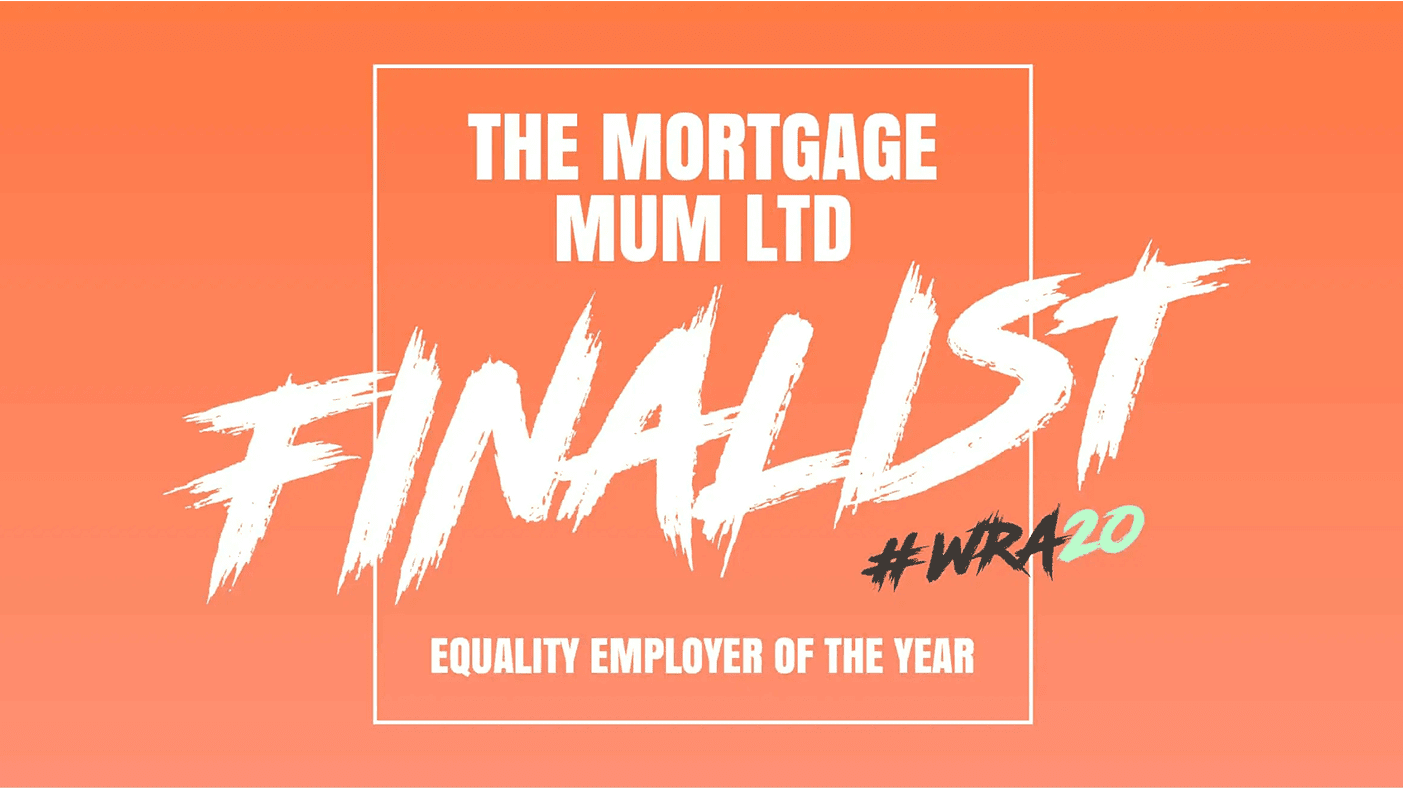PLEASE NOTE – Applications for Help to Buy were to be submitted by 31st October 2022, and is no longer available to new applicants.
The highs and lows of Help to Buy
The government has recently launched the latest version of the Help to Buy: Equity
Loan scheme. You might be wondering if it’s right for you. So, here is our handy guide
to the benefits and considerations of Help to Buy.
Through the Help to Buy equity loan, the government lends first- time buyers money towards the deposit for a new build property.
The government will lend 5% – 20% of a property’s value (40% in London) and the buyers need to provide 5% themselves. One of the main benefits of the scheme is it can make buying your first home easier. This is because you only need a 5% deposit and saving up the deposit is often a significant hurdle to home ownership. However, there are some things to consider before deciding if the Help to Buy route is right for you.
Firstly, are you a first-time buyer? If you are, great! If not, you won’t be eligible so
speak to your adviser about other options. Secondly, there are regional price caps in place. This means you can only buy a home up to a certain value, and that value depends on where the property is. Ask your adviser for more information about the price caps in your area. Finally, the money borrowed from the government is interest free for five years and uses an interest-only repayment plan.
So, for the first five years, you would only pay a £1 management fee to the government because there is no interest to pay off initially. This is not the same for the loan from the bank, which you start paying back right away. Year six is when things start getting a little complicated. You will start paying a monthly interest fee, which currently sits at 1.75% but can increase. So, if you bought a property for £200,000 and had borrowed 20% (£40,000) from the government, you would pay £700 in interest each year. This is on top
of your payments to the bank and monthly admin fee.
Additionally, because the payments only cover the interest, you would need to pay back the original government loan when you move house or the mortgage term ends. The amount you owe is calculated as a percentage of the value of the property. So, using the previous example, if your house had jumped in value to £250,000, you would have to pay back £50,000. But, if it fell to £150,000, you would only need to pay £30,000. You can pay back the government loan in stages, but each payment needs to be at least 10% of what your home is worth when you make the payment. See what we mean, things get a little bit more complicated.
So, speak to your adviser to find out more before making your decision.
If you’d like to discuss the options available to you, contact your adviser today.

























